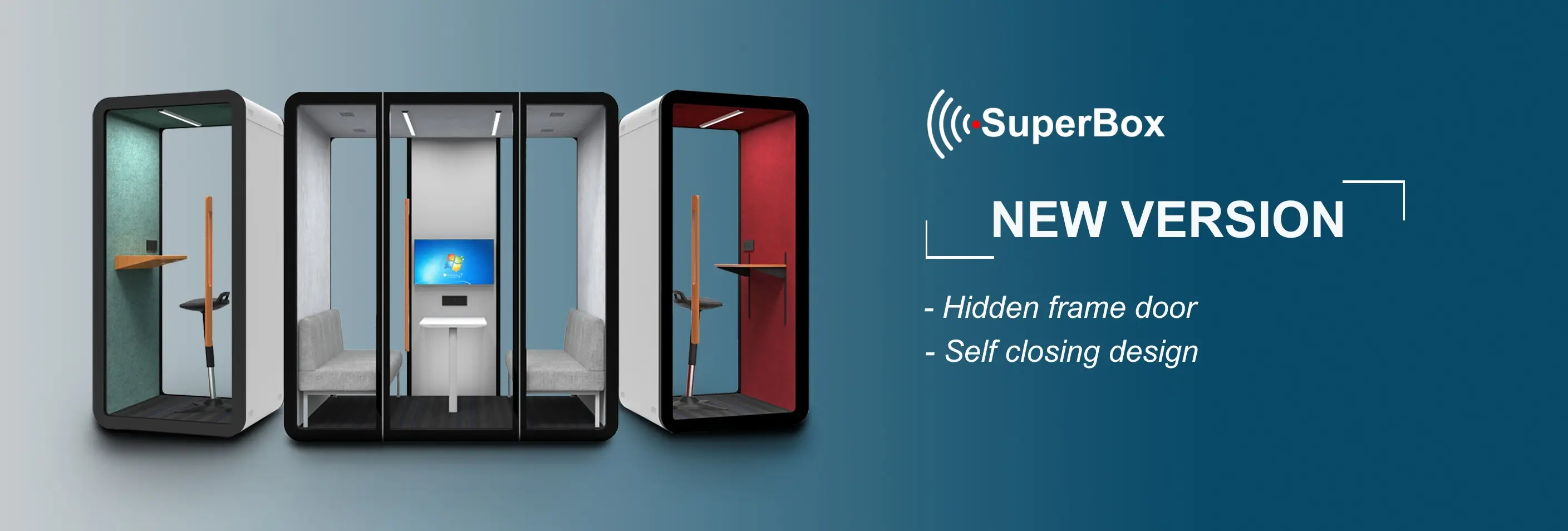
The silent cabin market is poised for significant growth in the coming years, driven by increasing demand for quieter and more comfortable travel experiences. As the world becomes more connected and people seek greater convenience in their travel, the demand for silent cabins in various modes of transportation is expected to surge.
Market Drivers
1. Passenger Comfort and Experience
In the aviation industry, airlines are increasingly focusing on enhancing passenger comfort and experience. Silent cabins play a crucial role in reducing noise levels, thereby creating a more peaceful and relaxing environment for travelers during flights.
2. Regulatory Standards
Regulatory bodies are imposing stricter noise regulations for vehicles, including aircraft, automobiles, and trains. This has led to a growing emphasis on the development of silent cabins to ensure compliance with noise pollution standards.
3. Technological Advancements
Advancements in acoustic engineering and materials technology have enabled the design and construction of quieter cabins across different modes of transportation. Innovative solutions such as sound-absorbing materials and noise-canceling technologies contribute to the development of silent cabins.
4. Health and Wellness Trends
The increasing awareness of the impact of noise pollution on health and well-being has prompted a shift towards quieter travel environments. Silent cabins align with the growing wellness trends, appealing to passengers who prioritize a peaceful and stress-free travel experience.
Market Segmentation
The silent cabin market can be segmented based on the mode of transportation:
1. Aviation
Within the aviation sector, the demand for silent cabins is driven by the need to reduce noise levels in aircraft cabins. Airlines are investing in advanced soundproofing technologies and cabin design enhancements to create a more tranquil flying experience for passengers.
2. Automotive
In the automotive industry, the focus is on developing quieter cabins in vehicles to enhance the overall driving experience. Electric vehicles, in particular, are driving the demand for silent cabins as they aim to provide a serene and noise-free interior environment for occupants.
3. Rail and Maritime
The rail and maritime sectors are also witnessing a growing interest in silent cabin solutions. From high-speed trains to luxury cruise ships, there is a rising demand for noise-reducing cabins to elevate the travel experience for passengers.
Regional Outlook
The demand for silent cabins is expected to be particularly strong in urbanized regions with high population densities and significant transportation infrastructure. Developed economies, including North America and Europe, are likely to lead the adoption of silent cabin technologies, driven by stringent noise regulations and a focus on passenger well-being.
Future Prospects
Looking ahead, the silent cabin market is anticipated to experience rapid growth, with ongoing research and development activities aimed at further enhancing acoustic insulation and noise reduction technologies. As the transportation industry continues to prioritize passenger comfort and environmental sustainability, silent cabins are set to become an integral feature across various modes of travel.
In conclusion, the silent cabin market is on a trajectory of expansion, propelled by the convergence of passenger-centric trends, technological innovations, and regulatory imperatives. The widespread adoption of silent cabins is poised to redefine the travel experience, offering passengers a quieter, more serene journey across the skies, roads, and seas.
The article provides an overview of the expected growth in the silent cabin market, highlighting the drivers, market segmentation, regional outlook, and future prospects. If you need further details on any specific aspect, feel free to ask!
Contact: Jack Zhang
Phone: +86-18823810975
Tel: +86-18823810975
Email: jack@prominencebooth.com
Add: No.52 Lane 1, Xia Pai Industrial Park, Longteng Community, Shiyan Street, Baoan District, Shenzhen City